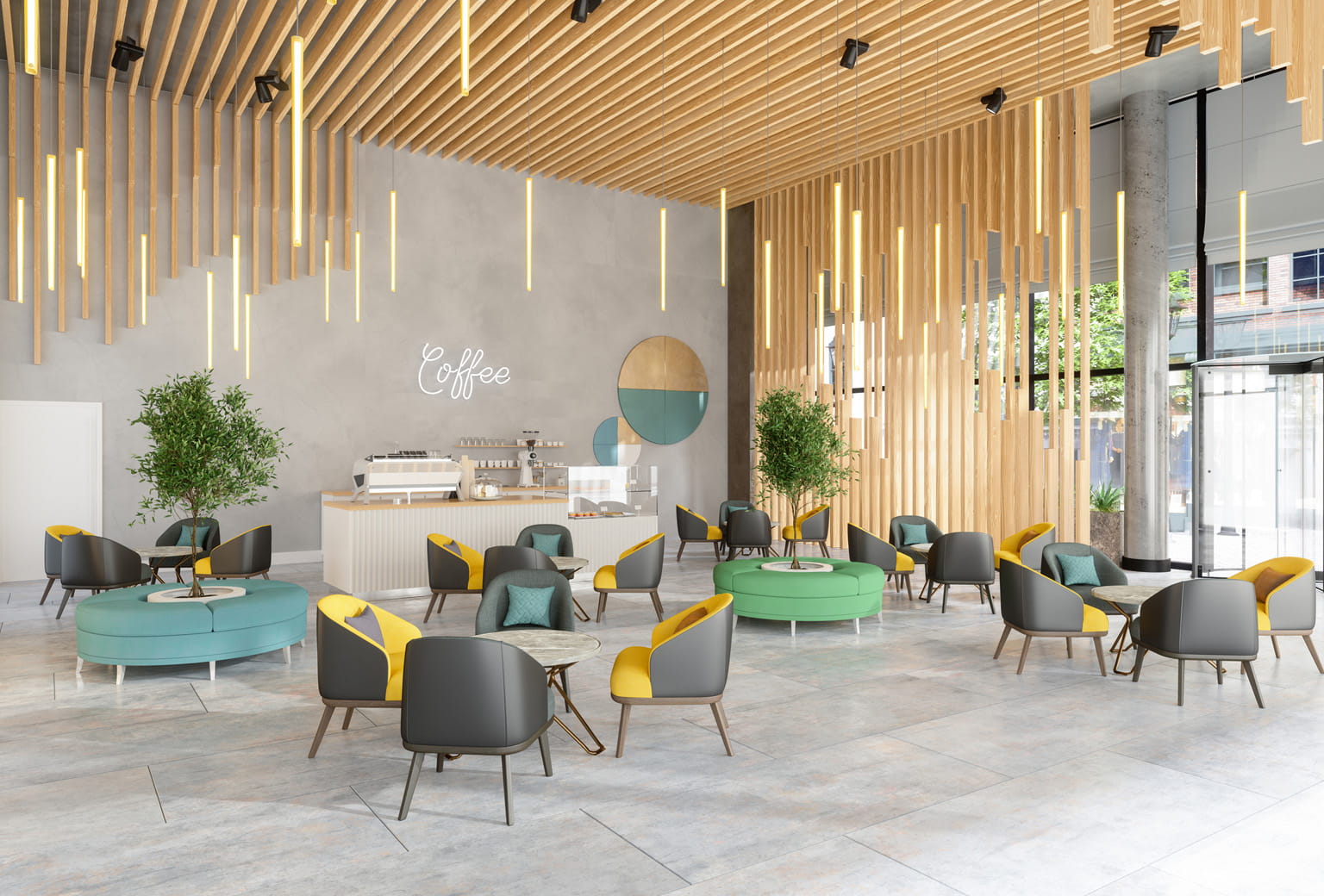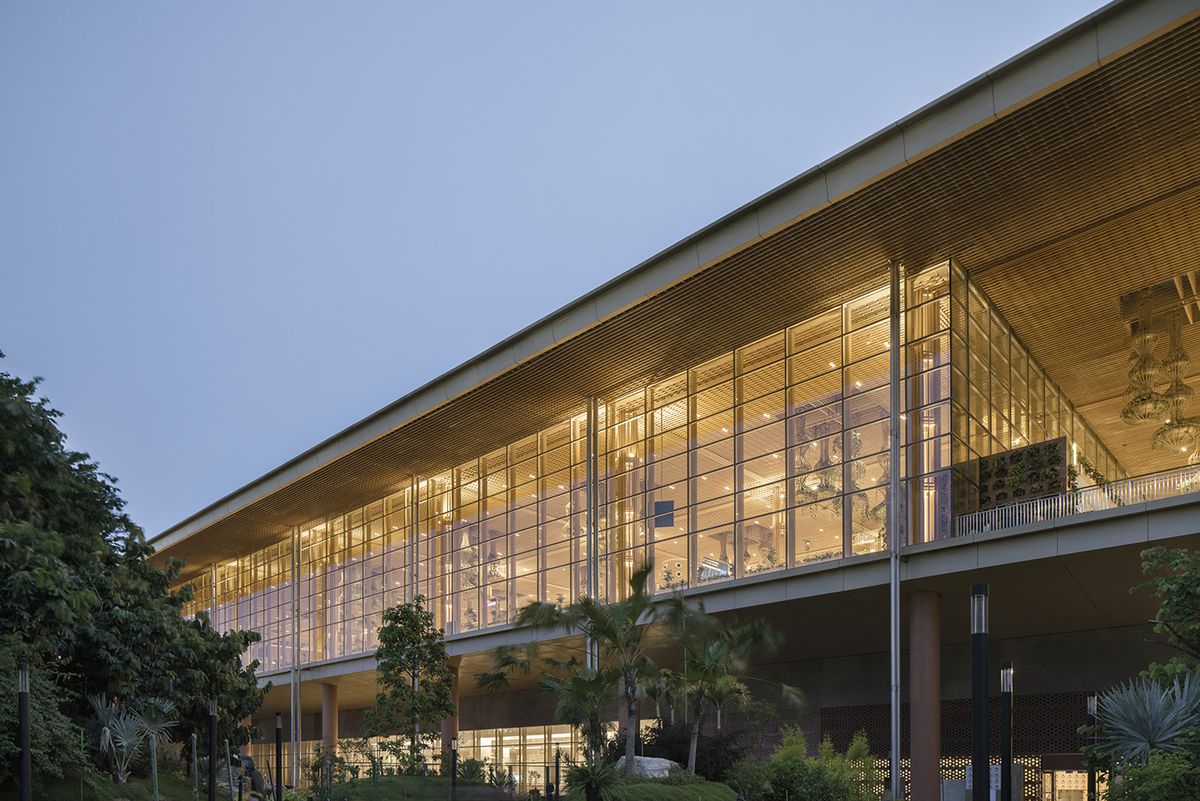Introduction: A New Era of Community-Centric Living
In the fast-paced urban landscape, the concept of co-living spaces has gained traction as a progressive housing solution that fosters community, affordability, and convenience. Rooted in the ethos of shared living and collaboration, co-living spaces offer residents a unique blend of privacy and social interaction, redefining traditional notions of urban housing. In this article, we explore the burgeoning trend of co-living spaces, examining their appeal, benefits, and the transformative impact they have on modern urban living.
Understanding Co-Living Spaces: An Innovative Housing Model
Defining Co-Living
Co-living spaces, also known as communal living or shared housing, are residential arrangements where individuals or small groups occupy shared living spaces, such as apartments or houses, while sharing common amenities and facilities. Unlike traditional rental arrangements, co-living spaces prioritize community engagement, collaboration, and a sense of belonging among residents.
Key Features of Co-Living Spaces
- Shared Living Areas: Co-living spaces typically feature shared living areas, including kitchens, dining rooms, and lounges, where residents can socialize, collaborate, and build connections with fellow occupants.
- Private Bedrooms: While residents share communal spaces, they also have private bedrooms or living quarters, providing a balance between social interaction and personal privacy.
- Amenities and Services: Co-living spaces often offer a range of amenities and services, such as high-speed internet, housekeeping, and community events, designed to enhance convenience and quality of life for residents.
- Community Engagement: Central to the co-living experience is a focus on community engagement and social interaction. From organized events and workshops to shared meals and recreational activities, residents have ample opportunities to connect and forge meaningful relationships with their neighbors.
Advantages of Co-Living Spaces
Affordability and Accessibility
One of the primary advantages of co-living spaces is their affordability compared to traditional housing options, particularly in high-cost urban areas. By sharing living expenses, such as rent, utilities, and household supplies, residents can enjoy significant cost savings while accessing desirable neighborhoods and amenities that may have been financially out of reach otherwise.
Community and Social Connection
Co-living spaces foster a strong sense of community and social connection, providing residents with a built-in support network and opportunities for collaboration and companionship. Whether through shared meals, group activities, or spontaneous interactions in communal areas, residents benefit from a supportive environment where they can share experiences, ideas, and resources with like-minded individuals.
Flexibility and Convenience
The flexibility of co-living arrangements appeals to individuals seeking a dynamic and hassle-free living experience. With furnished accommodations, inclusive amenities, and flexible lease terms, co-living spaces offer convenience and peace of mind, allowing residents to focus on their personal and professional pursuits without the burden of household chores or long-term commitments.
Diversity and Inclusion
Co-living spaces embrace diversity and inclusion, welcoming residents from various backgrounds, lifestyles, and professions. This diversity enriches the community dynamic, fostering cross-cultural exchange, collaboration, and mutual respect among residents. By creating inclusive environments where individuals can express themselves authentically, co-living spaces promote a sense of belonging and acceptance.
Innovations Driving Co-Living Spaces
Technology Integration
Technology plays a central role in enhancing the co-living experience, with innovative platforms and applications streamlining operations, facilitating communication, and enhancing resident engagement. From mobile apps for booking amenities and scheduling events to smart home devices that optimize energy usage and security, technology integration enhances convenience and connectivity within co-living communities.
Sustainable Design and Practices
Many co-living spaces incorporate sustainable design principles and practices to minimize environmental impact and promote eco-conscious living. Energy-efficient appliances, green building materials, and waste reduction initiatives are common features of sustainable co-living developments, reflecting a commitment to environmental stewardship and resource conservation.
Customized Living Experiences
In response to evolving consumer preferences, co-living operators are offering increasingly diverse and customizable living experiences to cater to different lifestyles and needs. From themed communities targeting specific demographics, such as digital nomads or wellness enthusiasts, to flexible accommodation options that accommodate short-term stays or remote work arrangements, personalized offerings enhance the appeal and accessibility of co-living spaces.
Conclusion: Embracing a New Paradigm of Urban Living
In conclusion, co-living spaces represent a transformative approach to urban housing that prioritizes community, affordability, and convenience. By fostering social connection, affordability, and flexibility, these innovative living arrangements offer a compelling alternative to traditional housing options. As the demand for community-centric living continues to grow, co-living spaces are poised to reshape the urban landscape, enriching the lives of residents and fostering vibrant, inclusive communities.





